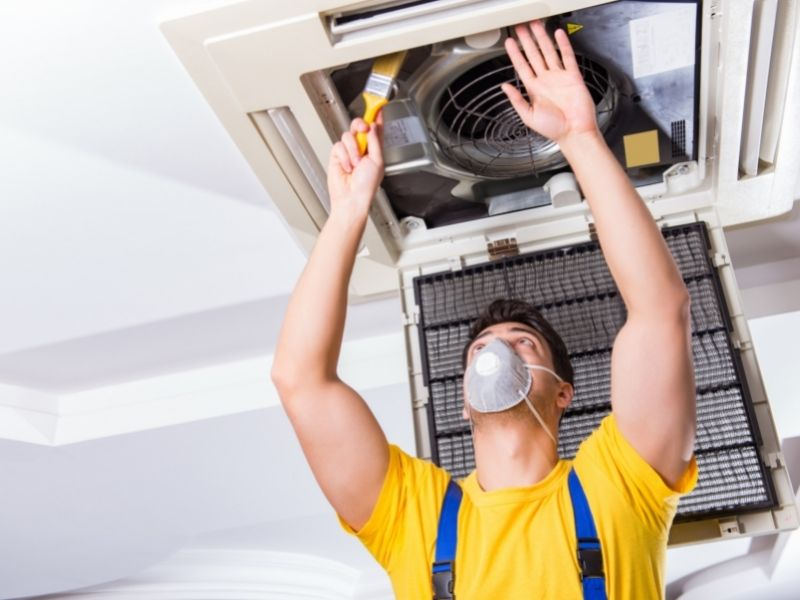Enhancing Comfort and Efficiency: The Evolution of HVAC Systems

Introduction (60 words): In the world of modern technology, Heating, Ventilation, and Air Conditioning (HVAC) systems play a crucial role in maintaining comfortable and healthy indoor environments. Over the years, HVAC technology has undergone significant advancements, catering to the increasing demand for energy efficiency and sustainability. This article explores the evolution of HVAC systems and highlights the key features that make them unique in today’s world.
- The Green Revolution (120 words): With the rising awareness of environmental impact, HVAC systems have evolved to incorporate sustainable practices. Today’s HVAC units are designed to minimize energy consumption and reduce carbon footprint. The integration of smart sensors and automation allows for efficient energy management, ensuring that heating and cooling are provided only when and where needed. Additionally, advanced filtration systems remove airborne pollutants, enhancing indoor air quality and promoting a healthier living or working environment.
- Smart Control and Connectivity (100 words): The advent of the Internet of Things (IoT) has revolutionized HVAC systems, enabling remote control and monitoring capabilities. Homeowners and facility managers can now access and adjust HVAC settings through mobile apps or web interfaces. Smart thermostats offer personalized comfort settings, learning user preferences to optimize energy usage. Furthermore, HVAC systems can now communicate with other smart devices in a building, allowing for seamless integration and synchronized operation, ultimately maximizing energy efficiency.
- Heat Recovery and Renewable Energy Integration (120 words): In pursuit of sustainability, HVAC systems have embraced heat recovery technology. Heat exchangers capture waste heat from various sources, such as exhaust air or refrigeration cycles, to preheat or precool incoming air, significantly reducing energy consumption. Furthermore, renewable energy integration has gained prominence, with HVAC systems incorporating solar panels or geothermal heat pumps. These innovations harness clean and renewable energy sources, reducing dependence on fossil fuels and minimizing greenhouse gas emissions.
- Air Purification and Health (100 words): The COVID-19 pandemic has underscored the importance of indoor air quality. HVAC systems have responded by integrating advanced air purification technologies, such as UV-C light disinfection and bipolar ionization. These features effectively neutralize pathogens, allergens, and volatile organic compounds, ensuring healthier indoor environments. Improved filtration systems, including HEPA filters, capture microscopic particles, providing clean and fresh air. As a result, occupants can enjoy improved respiratory health and reduced allergic reactions, leading to increased productivity and overall well-being.
Conclusion (80 words): The evolution of HVAC systems has transformed them into more than just heating and cooling devices. They have become vital components in creating sustainable and healthy indoor environments. With features like energy efficiency, smart controls, heat recovery, and air purification, HVAC systems contribute to reducing environmental impact while enhancing occupant comfort and well-being. As technology continues to advance, we can expect further innovations that will make HVAC systems even more efficient, interconnected, and eco-friendly in the years to come.

